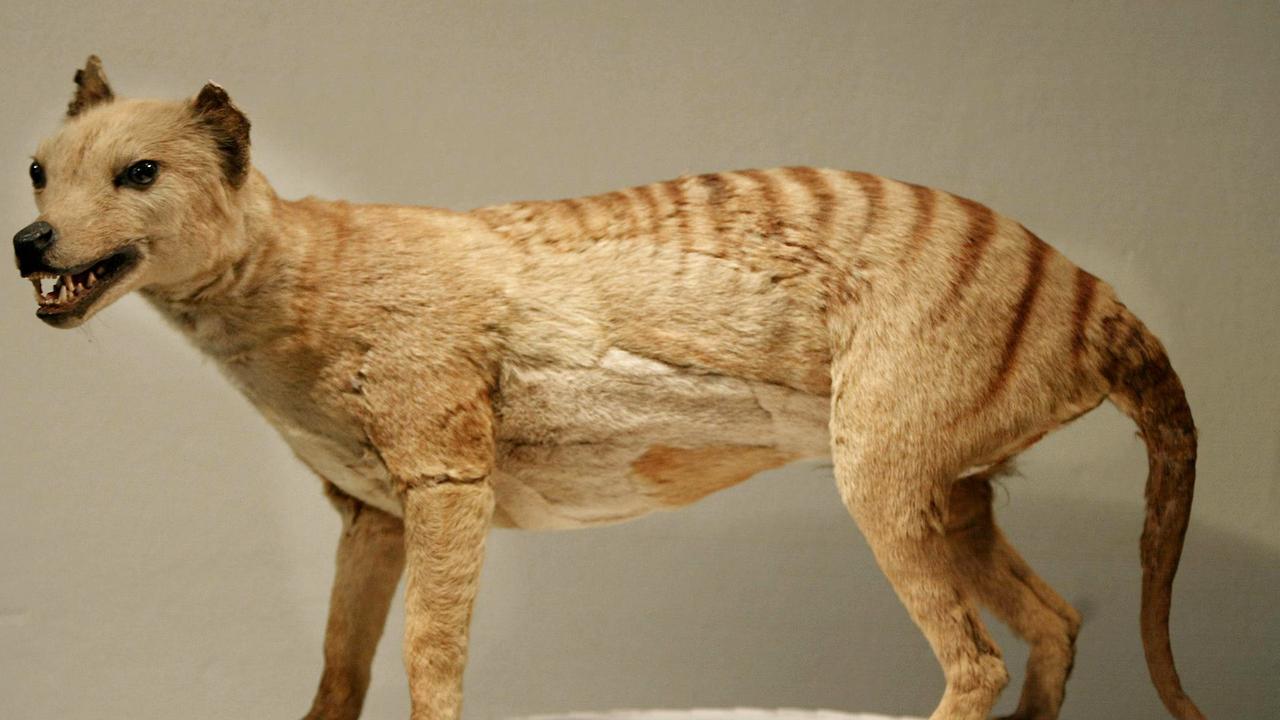Using science to resurrect an extinct state icon
A joint project between an Australian university and a US bioscience lab seeks to bring back a marsupial hunted to extinction by European settlers.
Scientists in Australia and United States are joining together to bring back the long-gone Tasmanian tiger.
Otherwise known as the thylacine, or Thylacinus cynocephalus, it was hunted to extinction by European settlers across Tasmania, with the last known living specimen dying in Hobart Zoo in 1936.
But thanks to University of Melbourne researchers, aided by a US bioscience company, it could be making a comeback.

Colossal Biosciences, self-touted as “the de-extinction company”, is also working on resurrecting two other extinct species – the woolly mammoth and the dodo – some time in the next decade.
“When you remove a keystone species from the environment, there are these ripple effects that start to happen,” Colossal CEO Ben Lamm told Nine’s Today on Friday.
One example of this ripple down effect is the emergence of the Tasmanian Devil facial tumor disease resulting from the thylacine’s absence.
“When you remove a keystone species, specifically a predator, there’s an entire trophic downgrading that occurs and you actually start to have these diseased animals, like facial tumours in the Tasmanian devils. ... and the entire ecosystem starts to break down.”
The project has started the first steps of sequencing the genomes of Tasmanian tiger DNA using preserved specimens, filling in the blanks with their closest genetic relatives.

Andrew Pask PhD is the Australian link to the project, as Professor of Biosciences at University of Melbourne’s Thylacine Integrated Genetic Restoration Research lab, or TIGRR for short.
“This partnership will drive the development of new technologies with immediate conservation applications for marsupials which are currently facing major ecological pressures,” said Professor Pask on Colossal’s website.
So far, $225m has been invested in the project, with plans to produce woolly mammoth calves in 2028.
“I hope that given the shorter gestation of thylacine and the dodo, they could come before the mammoth,” said Mr Lamm.



